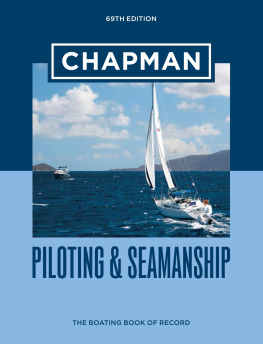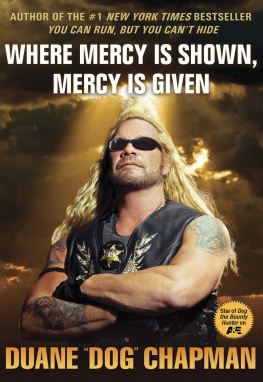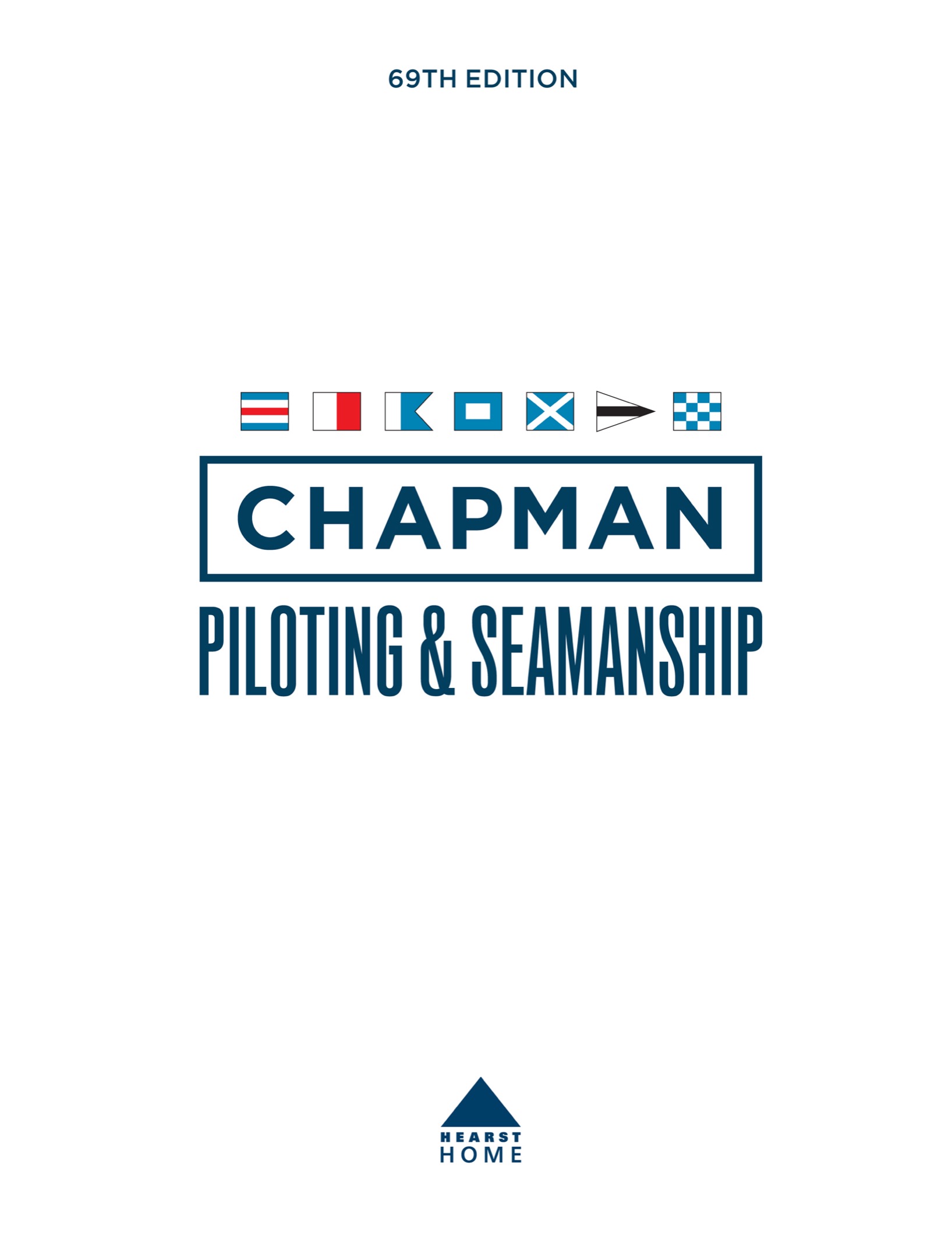Copyright 2021 by Hearst Magazine Media, Inc.
This is the 69th edition of Chapman Piloting & Seamanship.
All rights reserved. The written instructions in this volume are intended for the personal use of the reader and may be reproduced for that purpose only. Any other use, especially commercial use is forbidden under law without the written permission of the copyright holder.
Every effort has been made to ensure that all the information in this book is accurate. However, due to differing conditions, tools, and individual skills, the publisher cannot be responsible for any injuries, losses, and/or other damages that may result from the use of the information in this book.
Hearst Magazine Media, Inc.
Chapman, Chapman Piloting, Hearst Home, the Hearst Home logo, and Hearst Books are registered trademarks of Hearst Communications, Inc.
For information about custom editions, special sales, premium and corporate purchases: hearst.com/magazines/hearst-books
ABOUT THIS EDITION
The reputation of Chapman Piloting & Seamanship as a unique and authoritative resource for recreational mariners rests on the work of countless organizations and hundreds of experts and editors over the 100 years since its first publication in 1917. Their collective wisdom is at the heart of this book, but to name them all would be impossible. The editorial team for the 69th edition is as follows:
Jonathan Eaton, Co-Editor
Jonathan Eaton developed, edited, and published some 400 boating books in his career as editor and publisher of McGraw-Hills International Marine book imprint. He has developed books and reference guides for the U.S. Power Squadrons, the U.S. Coast Guard Auxiliary, the American Sailing Association, and West Marine. As co-owner of Tilbury House Publishers, he has published A Man for All Oceans: Captain Joshua Slocum and the First Solo Voyage Around the World. A former sailing instructor and intercollegiate dinghy racer, Jon crews aboard a Frers 33, crewed a Contessa 32 in the Lake Ontario 300 Regatta of 2019, and sails a C&C 24 and a Beneteau First 285 along the coast of Maine whenever he can.
John Wooldridge, Co-Editor
John Wooldridge is a lifelong boater who began writing and photographing boats professionally in 1977. He is Editor-at-Large for Power & Motoryacht magazine and has served as the Editor-in-Chief of Yachting and PassageMaker magazines. He is a past contributor to Chapman, wrote the Chapman Boaters Log, edited Chapman Chart No. 1, and holds a U.S. Coast Guard OUPV 50-Ton license. John has cruised both coasts of North America and the waters of Europe and the Western Pacific, and has made a transatlantic voyage.
John Whiting, Consulting Editor
John H. Whiting, a lifelong boater, retired in 2016 from the U.S. Coast Guard Auxiliary. His Auxiliary qualifications included Coxswain, Personal Watercraft Operator, and Telecommunications Specialist. He was also an Auxiliary Operational Specialist with training in Coastal Navigation, Seamanship, Search and Rescue, and Weather, and he performed safety patrols on Arizona lakes. John recently moved from Arizona to western Maine, where he and his wife, Leanne, explore inland waters aboard their Sea Nymph FM146 fishing boat.
These editors thank Charles B. Husick and Dan Fales for their contributions to the 67th edition; Richard Thiel, Adam Cort, Richard Doc Clinchy, and Peter Janssen for their contributions to the 68th edition; and Elbert Mack Maloney for piloting the Chapman ship through many editions prior to his passing in 2014.
CONTENTS
PREFACE
From its first edition in 1917, Chapman has been a book for dreamers as well as doers. The dust jacket of the 1964 65 edition features a photo of a chart spread out on a desk. Dividers and parallel rules lie on the chart, ready for someone to plot out a coastal passage. In the background are a model square-rigged ship and a globe showing the Americas and the Atlantic and Pacific oceans, suggesting that a mariner could go anywhere in the world with this book and the right boat. Chapman then looked like what it was and still isthe doorway to a magic kingdom.
As it happened, 1965 was the year that Charles F. Chapman met with Elbert Mack Maloney in New York City and convinced Mack to take over the writing, organizing, and updating of Chapmanwhich Mack did for the next 42 years. In 2007, Mack stepped back to a consulting editor role but remained the indispensable member of the Chapman team. He was there to welcome us in 2012 and advise us in the preparation of the 67th edition. Nine years later, we are proud to be links in an unbroken chain stretching back to the first edition of Chapman more than 100 years ago. Notwithstanding the occasional confusions of two Johns and a Jon in a team of three (Whos on first?), working on this book is a rare privilege.
Preparing this edition amid a global pandemic has given us ample time to reflect on the role of boating in modern life. Our conclusionfrom statistics, anecdotal evidence, and what we see on the wateris that boating is thriving. And why not? Its an outdoor pursuit offering the freedom of waterborne exploration, the health of the open air, and family fun that can be enjoyed by children and grandparents alike. As an antidote for confinement, it has never been more relevant and enjoyable. Maybe thats the reason for an unprecedented increase in boat sales in 2020, as people took to the water for a form of recreation that places a premium on independence and self-guided adventure.
From stand-up paddleboards to sail-powered hydrofoils and jet-powered, joystick-controlled powerboats, boating is more varied than ever. Who knows what new trends will be in the wind for the 70th edition? We are glad that Chapman is here to ensure that seamanship and navigation knowledgewhat mariners call sea senseis available to a new generation of sailors and power-boaters. We know that boaters will continue to advocate for clean waterways and environmental awareness, as they always have. And we think its not just possible but likely that Chapman will still be the indispensable boating resource 100 years from now.
It is only fitting that Mack Maloney should have the last word. His preface to the 67th edition ended like this: Following in the true Chapman tradition, this edition remains clear, thorough, and always comradelya book designed to help you and everyone on board your boat stay safe, have fun, and become skilled as a boater. Above all, I wish you as much joy from your boating years as I have had from mine.























